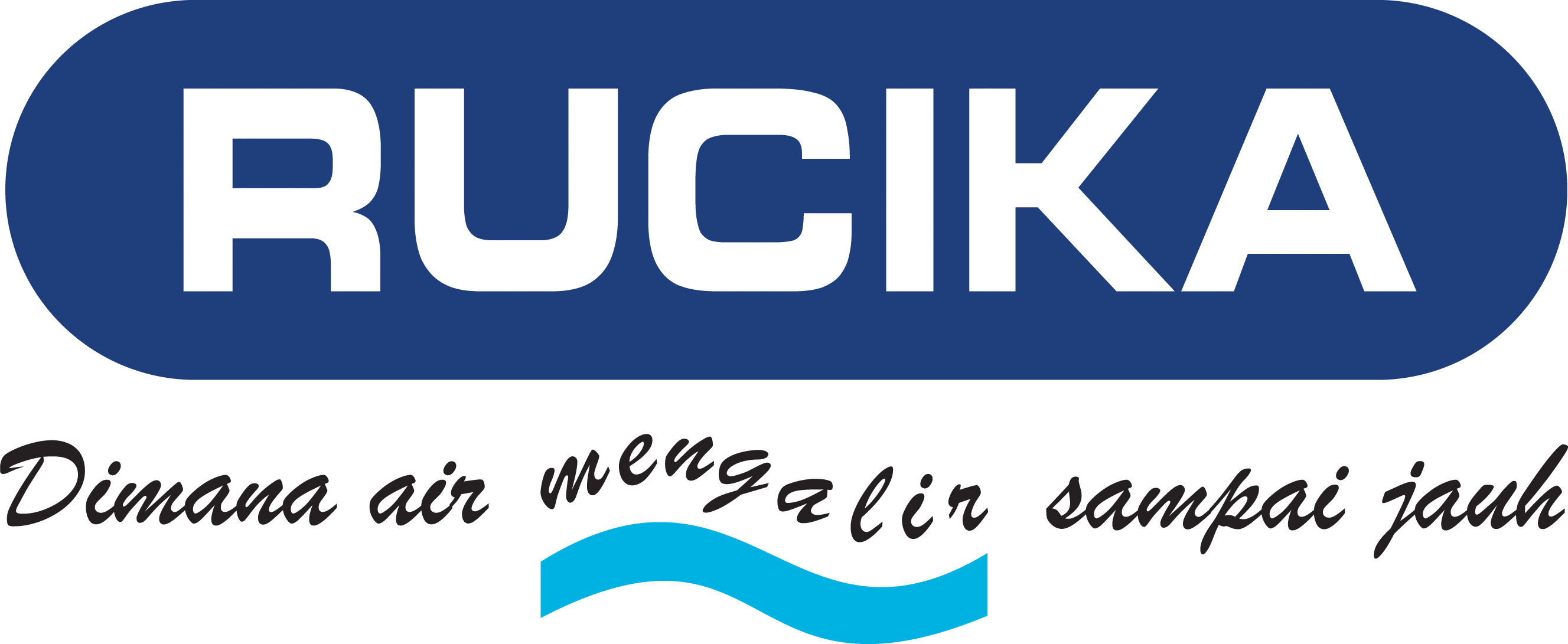The increase in human activities in the household resulted in an increase in the amount of liquid waste. Sources of household liquid waste are organic, namely from food scraps and detergents containing phosphorus. Liquid waste can increase the value of BOD (Biochemical Oxygen Demand) and pH of the water. This situation causes pollution which causes a lot of harm to humans and the environment.
The oxidation pool is one of the steps that Rucika’s friends can use to treat household liquid waste. This pool consists of a series of pools that aim to purify liquid waste so that it is not harmful to the environment. The advantages of this oxidation pond in wastewater treatment are simple construction, easy to design and change.
The choice of wastewater treatment method depends on the intended use of the processed products, costs, and available land. Another benefit of wastewater treatment is to reduce the volume of liquid waste entering the drainage system and create a sustainable sanitation ecology.
The Indonesian Environmental Statistics 2020 report shows that more than half of households or 57.42% in Indonesia dispose of bathing, washing, and kitchen waste water directly into sewers/sewers/rivers. In addition, as much as 18.71% dispose of household waste into the ground pit. There are also 10.26% of Indonesians who dispose of waste into septic tanks. Next, 1.67% of Indonesians dispose of household waste into infiltration wells. However, there are only 1.28% that dispose of waste through the Wastewater Treatment Plant (IPAL) or the Wastewater Disposal Channel (SPAL). The report states, DKI Jakarta is the province that has the highest percentage of direct household waste disposal into sewers/sewers/rivers and the percentage reaches 79.72 percent..
Meanwhile, water pollution always has a very detrimental impact on the environment and also the survival of living things themselves. These include reducing the amount of oxygen in the water, killing animals in the water, disturbing soil fertility and plant productivity, and having an impact on health such as diarrhea and dengue fever. The right way to treat household waste, the main thing is to sort and select it, especially household waste in the form of liquid.
As for some examples of household liquid waste water can be in the form of soapy water, used baths, used cooking oil, detergent water to liquid dirt. In treating household wastewater, we can do it in 5 ways as follows:
-
Use of Bio Septic Tank
Bio septic tanks are useful for breaking down dirt, as well as for ensuring environmental cleanliness and health. Its use is able to minimize the smell of sewage thanks to good filtration and avoids soil contamination. Bio septic tanks also have a good capacity for water and solid waste. Bio septic tanks are also made of thick fibers so they are leak-proof.
-
Making Infiltration Wells
Infiltration wells are wells or holes on the ground that we need to return rainwater to the ground. We can also use it to collect rainwater so that it can seep back into the ground. Infiltration wells are different from drinking water wells because they have the opposite function. The benefits of infiltration wells are reducing the concentration of ground water pollution, reducing the occurrence of floods, storing water that we will need according to its designation.
-
Turning Residual Oil into Biodiesel
If you have waste cooking oil or used cooking oil, don’t throw it directly into the river or the ground. Used cooking oil that is consumed again can cause degenerative diseases such as cancer. Waste cooking is also not easy to freeze because it will easily melt when exposed to sunlight. Reprocess used cooking oil into biodiesel as a substitute for fuel. Based on data from the iInternational Council on Clean Transportation, the potential for the use of used cooking oil in Indonesia can reach 3 million kilo liters with a potential emission reduction of 11.5 million tons of CO2e.
-
Management Greywater
Greywater is domestic liquid waste which is separated from waste from toilets/latrines (black water). Greywater derived from bath water from span>buthup/shower/or bathtub, washing water clothes from washing machines or washing buckets, and water used for household kitchen activities, office buildings and schools.
Greywater can be used as an alternative water source to overcome water deficits in the region urban. Processed results greywater can be used for purposes non-potable such as watering plants, flushing toilets, washing vehicle, and needs out door other.< /span>
-
Increase Public Awareness Through Counseling
All of the above methods will not work if there is no awareness from the community. Hold outreach by inviting experts in the field of waste management. Give directions on how to properly treat household waste. Also explain the benefits they will get and the impact of processing the waste.
In supporting the movement of managing liquid waste, solid waste, rainwater management and clean water systems in household and community life, PT. Wahana Duta Jaya Rucika as a manufacturer of the most complete piping system in Indonesia presents quality products to meet the needs of the piping system. To find out more clearly what products can be applied to household piping needs, please click here
-JDW-


